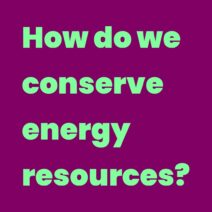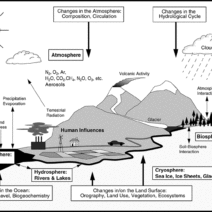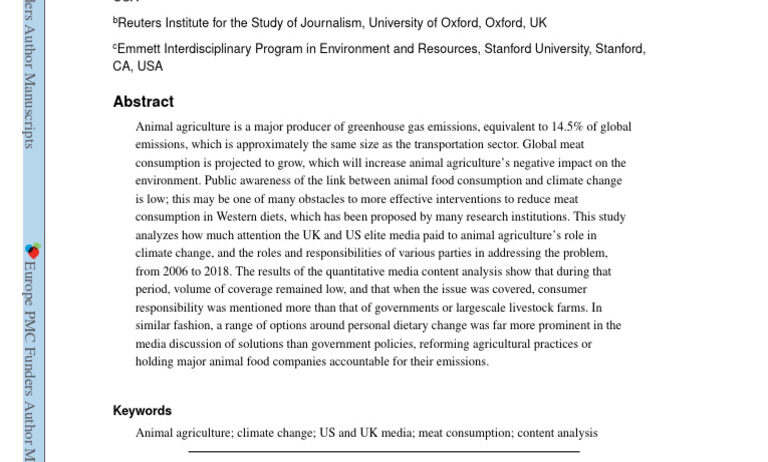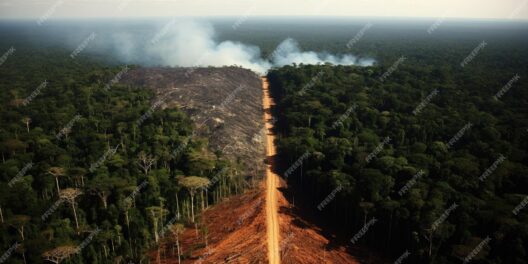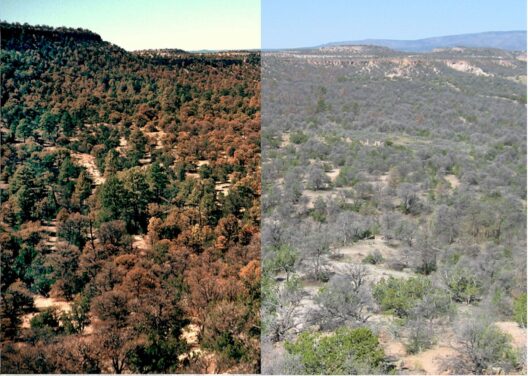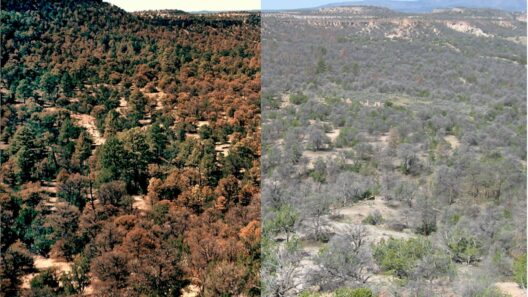Animal agriculture is a significant, yet often overlooked, contributor to global warming. The notion that livestock farming might be a driving force behind climate change can evoke a range of reactions, from disbelief to indifference. This complex topic merits an in-depth exploration, not just of the processes involved, but also of the profound implications such practices hold for our planet’s future.
To begin with, it is essential to understand the mechanics of greenhouse gas emissions related to animal agriculture. Livestock production is responsible for substantial emissions of methane (CH4), a potent greenhouse gas that is approximately 28 times more effective than carbon dioxide (CO2) at trapping heat over a 100-year period. Methane primarily emanates from enteric fermentation, a natural digestive process in ruminants, such as cows and sheep. The digestion of feed releases methane, which contributes significantly to the overall greenhouse gas emissions from the agricultural sector. Furthermore, waste management practices, particularly in large-scale animal farming operations, exacerbate methane emissions as manure decomposes anaerobically.
In addition to methane, animal agriculture is also a leading source of nitrous oxide (N2O). This gas is released through the application of nitrogenous fertilizers and the breakdown of manure and is estimated to be around 298 times more potent than CO2 over a century. Such emissions are largely attributed to the excessive use of synthetic fertilizers in feed production and the management of livestock waste, underscoring the precarious relationship between food production and climate stability.
The direct emissions from livestock are complemented by a series of indirect factors that contribute to global warming. Deforestation for pastureland constitutes a significant environmental concern. As forests are cleared to create grazing areas or to grow feed crops, carbon stored in trees is released into the atmosphere, exacerbating climate change. This incessant drive for more grazing land and crop production not only accelerates deforestation but also disrupts crucial ecosystems, leading to biodiversity loss and soil degradation.
In the large-scale context of industrial animal farming, the water-intensive nature of feed crop production becomes apparent. The demand for animal protein necessitates vast amounts of resources, including water. Studies indicate that it takes over 1,800 gallons of water to produce just one pound of beef. This staggering figure highlights an unsustainable practice that places immense strain on freshwater resources, which are already dwindling in many parts of the world. Water scarcity, combined with agriculture’s pollution of local water systems, poses a significant threat to both human health and ecological balance.
Furthermore, animal agriculture exacerbates the issue of overgrazing, which leads to soil erosion and compaction. Livestock trampling the land can seal the soil surface, reducing its ability to absorb water and fostering desertification. This not only limits agricultural productivity but also diminishes carbon sequestration capabilities, as healthy soils can capture and store carbon dioxide from the atmosphere.
The interplay between animal agriculture and climate change is further complicated by socio-economic factors. In many societies, cultural practices and traditions intertwine with livestock consumption, often creating deep-seated attachment to animal-based diets. The challenge, therefore, is not merely a matter of changing agricultural practices but also of appealing to deeply-held beliefs. Transitioning to sustainable systems that mitigate climate impact requires systemic changes in consumer behavior, agricultural policy, and corporate responsibility.
Yet, the potential for such transformative change exists. For one, adopting plant-based diets can significantly reduce individual carbon footprints. Research indicates that shifting towards a more plant-centric dietary regimen could lower greenhouse gas emissions from food by up to 70%. This shift, however, necessitates comprehensive public awareness campaigns and educational initiatives to highlight the benefits, not just for the environment, but for personal health and global food security.
Regenerative agriculture is an emerging solution that warrants attention. Techniques such as rotational grazing, agroforestry, and cover cropping can serve to enhance soil health and increase carbon sequestration. These methods not only combat climate change but also foster resilience in agricultural systems, creating a healthier ecosystem while promoting biodiversity.
In conclusion, the nexus between animal agriculture and global warming is undeniable, forged by complex interactions that span emissions, land use, water consumption, and socio-cultural factors. Addressing this issue requires an integrative approach that encompasses behavioral shifts, innovative agricultural practices, and systemic policy changes. Only through concerted effort and cooperation can we hope to mitigate the damaging effects of animal agriculture on our planet’s climate and work towards a more sustainable future.

